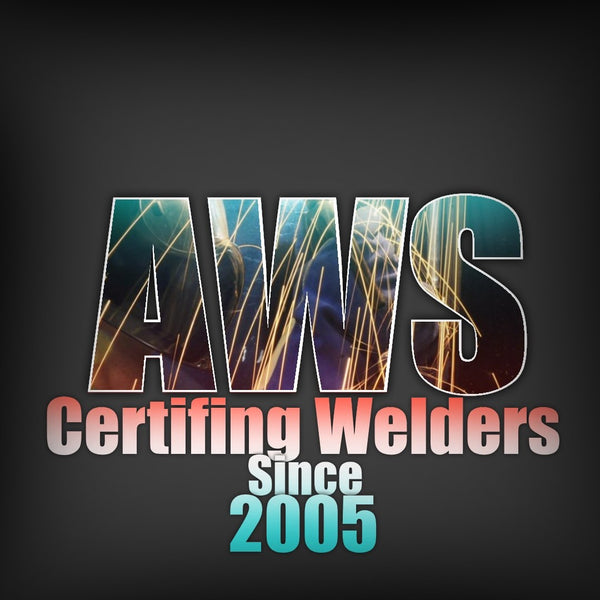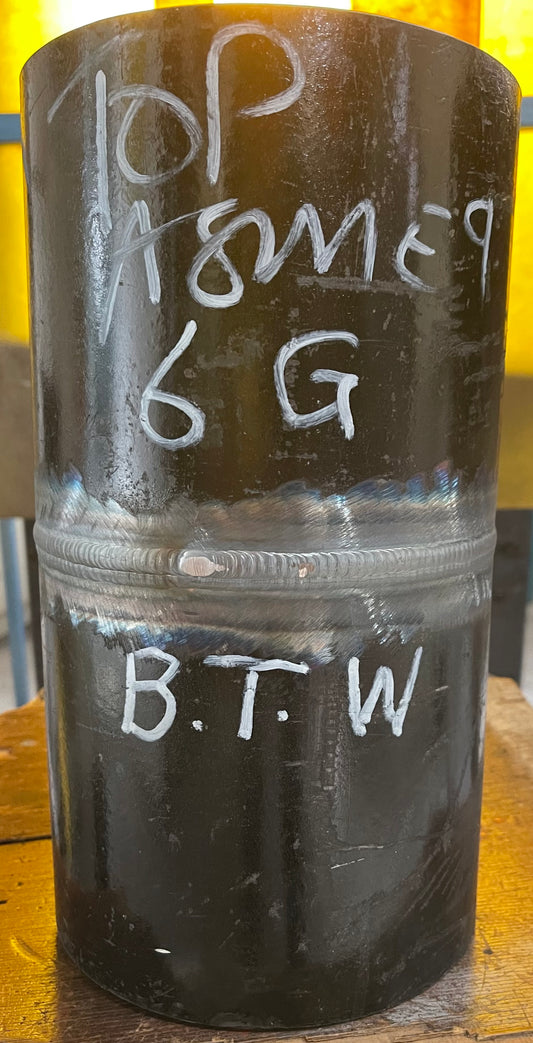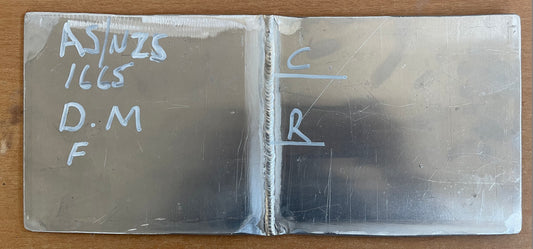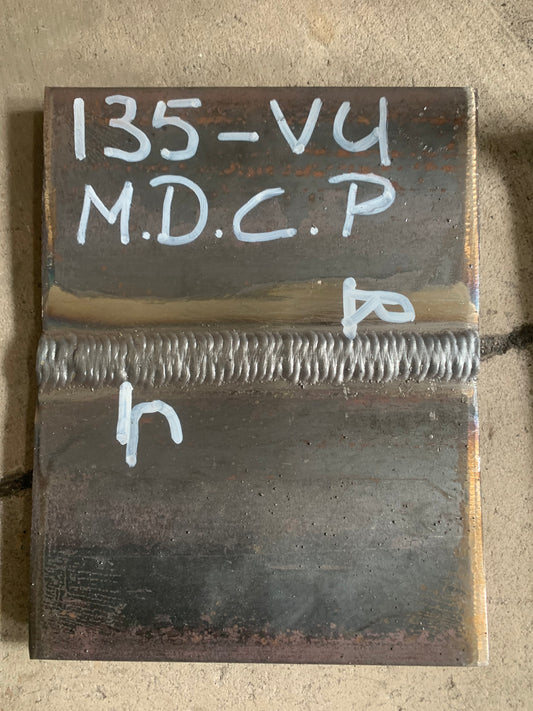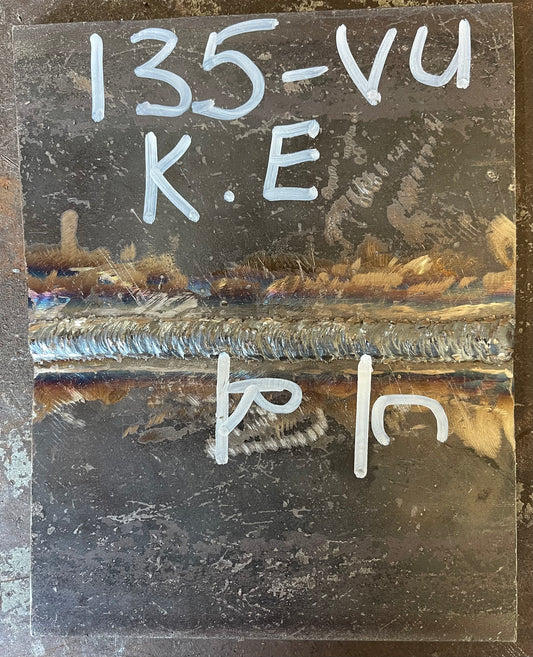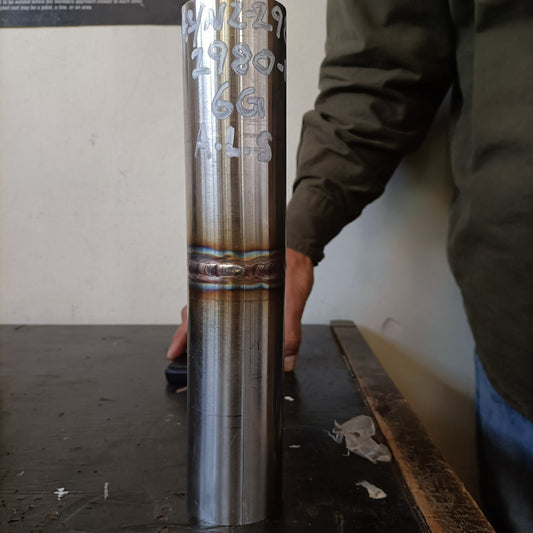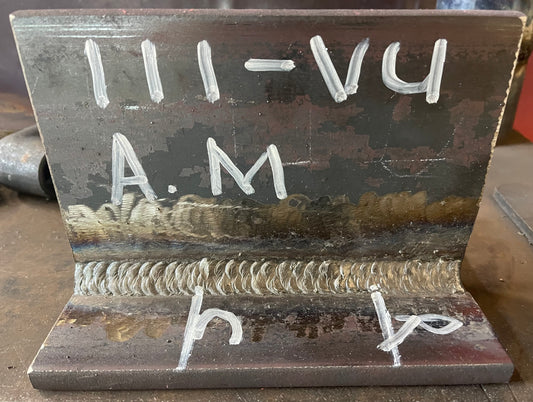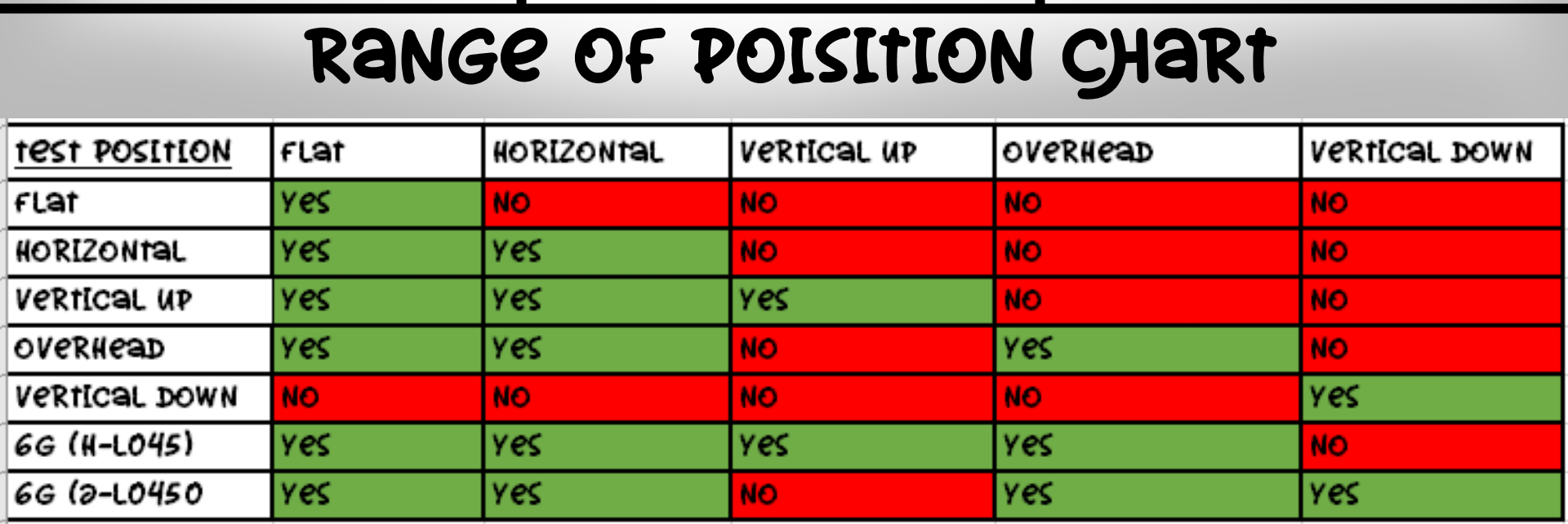Book Your Welding Test Today!
Expand Section FOr More Info
Booking A Welding Test Is Super Easy
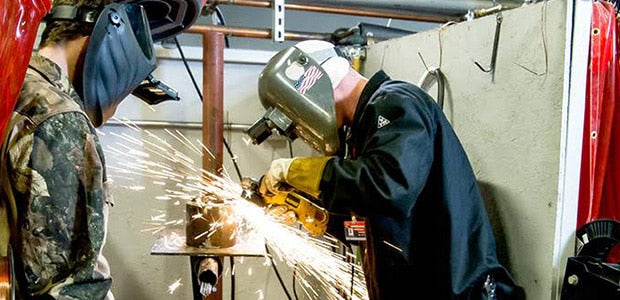
1: Select Your Standard
To pick a welding process in New Zealand, consider the type and thickness of the material, desired strength of the weld, location and accessibility of the job, available equipment and resources, and seek advice from experts if needed.
2: Pick your Process
To pick a process for welding, consider the following factors:
- Type of material: Different welding processes are suitable for different materials. For example, TIG welding is often used for welding thin aluminum, while MIG welding is commonly used for welding steel.
- Thickness of the material: Some welding processes are better suited for welding thin materials, while others are better for thicker materials. For example, stick welding is often used for thicker materials, while TIG welding is better for thinner materials.
- Desired strength of the weld: Different welding processes produce welds with different strength characteristics. For example, MIG welding typically produces a stronger weld than TIG welding, but TIG welding produces a cleaner, more precise weld.
- Location and accessibility of the job: Some welding processes are better suited for working in tight spaces or difficult-to-reach areas. For example, stick welding is often used in outdoor settings, while TIG welding is better suited for indoor work.
- Available equipment and resources: Different welding processes require different types of equipment and resources, such as gas cylinders or power sources. Consider what equipment and resources are available to you and choose a welding process that is compatible.
By considering these factors, you can choose the welding process that is best suited for your specific project or application.
3: Pick your Position
When choosing a position for welding, consider the following factors:
- The requirements of the job or project: The position you choose will depend on the specific requirements of the job or project, such as the shape and orientation of the materials being welded.
- Your skill level and experience: Some positions, such as overhead or vertical up, may be more difficult to weld in than others, so you should choose a position that matches your skill level and experience.
- The welding code or standard being used: Some codes or standards may specify certain positions for welding certain types of materials or joints.
Here's a brief guide to the different welding positions and their characteristics:
- Flat position: Welding is performed on a horizontal surface, with the weld bead laid flat.
- Horizontal position: Welding is performed on a horizontal surface, but the weld bead is placed in a vertical orientation.
- Overhead position: Welding is performed with the weld bead placed on a surface above the welder's head.
- Vertical up position: Welding is performed from the bottom of the joint, with the weld bead placed vertically upwards.
- Vertical down position: Welding is performed from the top of the joint, with the weld bead placed vertically downwards.
- 6G position: Welding is performed on a pipe joint in the horizontal, vertical, and overhead positions.
When choosing a position for welding, it's important to consider all of these factors, and choose the position that best fits the requirements of the job, your skill level, and any applicable codes or standards. Holding one position may qualify you for more than one position, please use the chart at the bottom of the page as referance:
4: Pick Your Date & Time
Choose a date and time that suits your schedule, and then confirm your booking either online or over the phone.
5: Book Your Apointment!
After your booking has been confirmed and payment has been made, you may proceed to take your test. Wishing you the best of luck!
Pick Your Welding Test Bellow
-
ASME IX Welding Test
Regular price $480.00 NZD + GSTRegular priceUnit price per -
AS/NZS ISO 1665:2004 Aluminium Welding Test
Regular price $550.00 NZD + GSTRegular priceUnit price per -
AS/NZS ISO 9606:2017 ANNEX C Welding Test
Regular price $435.00 NZD + GSTRegular priceUnit price per -
AS/NZS 2980:2018 BUTT Welding Test
Regular price $435.00 NZD + GSTRegular priceUnit price per -
AS/NZS ISO 2980:2018 APP F Welding Test
Regular price $480.00 NZD + GSTRegular priceUnit price per -
AS/NZS ISO 2980:2018 FILLET Welding Test
Regular price $380.00 NZD + GSTRegular priceUnit price per
